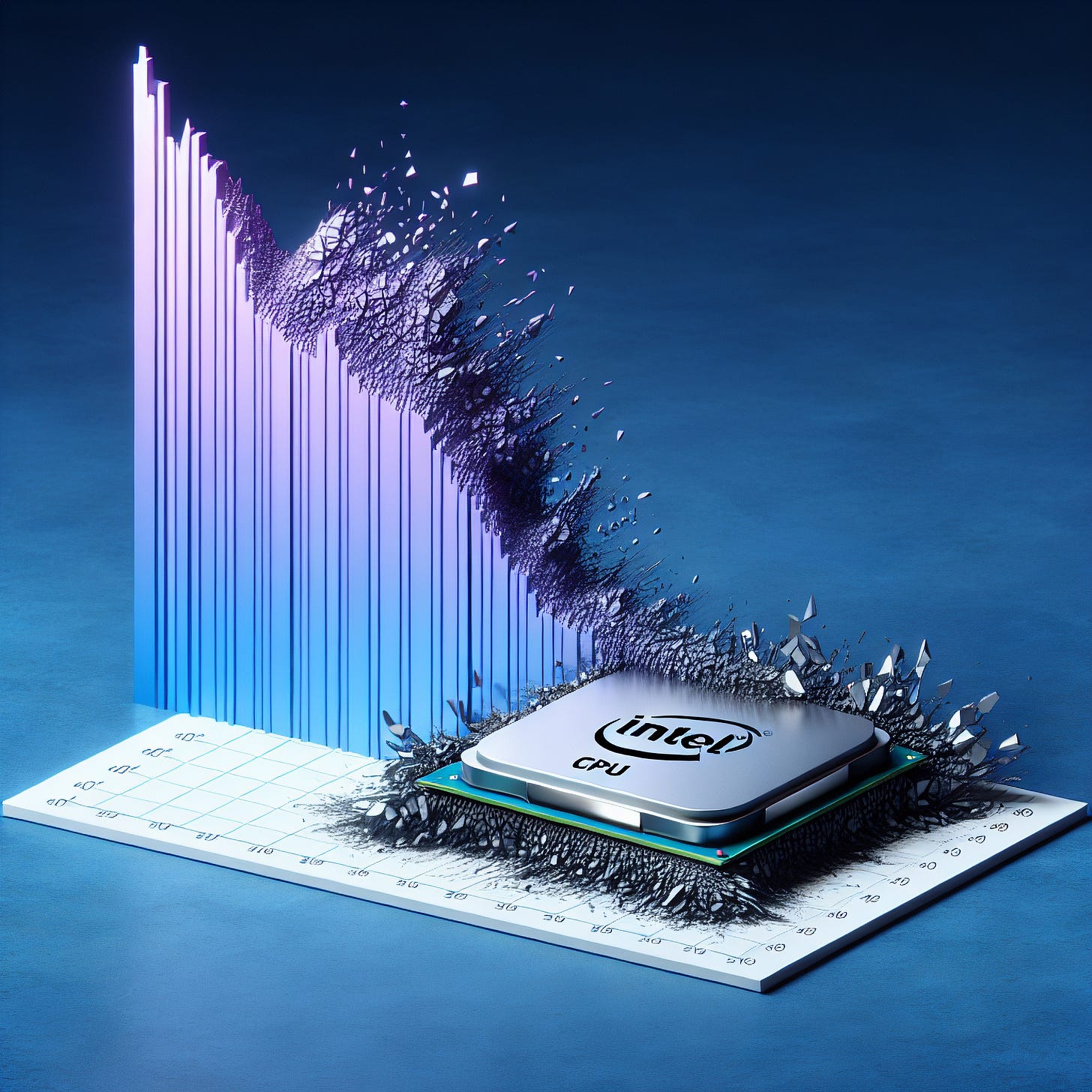Intel is facing mounting challenges as it scrambles to recover from the fallout of CEO Pat Gelsinger’s abrupt departure. With its stock price continuing to tumble and investor confidence waning, Intel’s board has no time to waste in finding a successor who can steer the company back on course.
Industry speculation is rife about the reasons behind Gelsinger’s exit. Analysts point to Intel’s steep $150 billion market cap loss during his tenure and sluggish progress in its foundry business. Reports suggest that Intel’s advanced 18A process yields hover at a mere 10%, highlighting the company’s ongoing struggles.
As speculation swirls over who will be tapped to lead "Team Blue," some semiconductor veterans—particularly those with experience in Taiwan—offered actionable advice. Their insights could prove invaluable as Intel confronts its most pressing challenges.
Federal Funding Is Essential
A retired executive from one of Taiwan’s semiconductor firms emphasized that renegotiating CHIPS Act grants is not an option for Intel—it urgently needs federal funding to compete.
“Intel has lost its manufacturing edge since the days of Andy Grove. Process yield issues and R&D setbacks have persisted for years without resolution,” the executive told TechSoda.
To address these longstanding issues, Intel must appoint a leader with deep expertise in manufacturing and product development. The executive also suggested that Intel spin off its foundry division while retaining a 50.1% stake to secure government subsidies.
“Intel Foundry Service (IFS) needs to be managed by someone with production experience, not just executive clout. Meanwhile, the core Intel business must refocus on AI product development to remain competitive,” the executive added, saying that he believes tangible progress could be achieved within two to three years with these changes.
A Case for Private Equity and Strategic Focus
Some experts argue that private equity funding might be necessary to restructure Intel and regain shareholder confidence.
“Intel overextended itself by chasing subsidies in both the U.S. and Europe, spreading its resources too thin,” noted an industry veteran. “Instead, it should have prioritized expanding capacity in Arizona.”
Andrew Lu, an independent semiconductor analyst, was critical of Intel’s strategy under Gelsinger. From overstated ambitions like delivering “5 nodes in 4 years” to contradictory geopolitical narratives, Intel’s strategic missteps have cost the company dearly.
Lu pointed out that Intel’s ASIC Gaudi chips, and PC and server CPUs have problems to deal with, while an AI GPU is still nowhere to be seen. “The talent Intel laid off is now strengthening its rivals. It’s time to bring in external experts to overhaul IFS and fix Intel’s manufacturing capabilities,” he concluded.
However, some also caution against the corporate cultural incompatibility if Intel finds experienced executives from Taiwan (as the market rumored that the just retired TSMC chairman Mark Liu has been approached) to manage the IFS, and said the new CEO needs to clear the obstacles for the IFS head.
Lessons from TSMC
If Intel seeks inspiration, it needs to look no further than TSMC, the world’s leader in advanced chip manufacturing. With its unparalleled process yields, TSMC has not only dominated the industry but has also secured substantial CHIPS Act support for its Arizona facilities, setting a high bar for others.
“Much of what we accomplished at TSMC—and what continues today—was built on the legacy of Texas Instrument,” Former TSMC General Counsel Richard L. Thurston explained, highlighting TSMC founder Morris Chang’s TI roots and his commitment to applying principles of rigorous discipline and knowledge transfer from mother fab to satellite fabs. Thurston emphasized that America needs to revive its semiconductor manufacturing capability, but the key is TSMC’s success on American soil.
TSMC is in talks with NVIDIA to build Blackwell AI chips at its Arizona facilities, according to Reuters. Apple’s older A16 bionic chips are also to be produced there.
After a successful tech transfer from the mother fab in Hsinchu to Arizona, technology development will pick up speed with the effort of local engineers. This is evident in Arizona, as its yield of 4nm chips is already on par with TSMC’s other fabs in Taiwan. A16 technology is expected to start production in 2026; by then, the mother fab in Hsinchu will be producing A14.
For Intel, emulating TSMC’s meticulous approach to talent development, operational efficiency, and customer collaboration could be a game-changer.
The Road Ahead
Intel’s turnaround depends on bold leadership, a clear focus on core strengths, and hard lessons learned from the industry’s leaders. Spinning off its foundry division while doubling down on AI innovation, seeking private equity support to restore financial stability, and adopting best practices from TSMC’s playbook could lay the groundwork for recovery.
Intel has often been a symbol of American semiconductor innovation, but to reclaim that mantle, it must embrace change with urgency and precision. The future of America’s semiconductor industry hinges on understanding what works—and having the courage to implement it.


